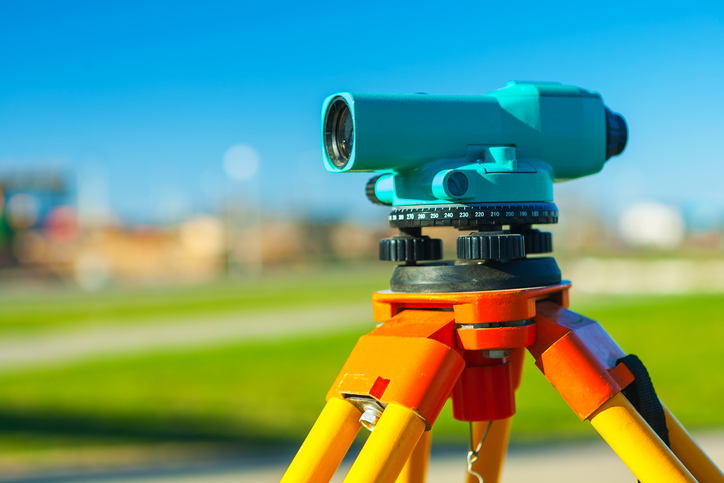Now that surveyors worldwide are able to use Galileo positioning, following the declaration of Galileo Initial Services, all major Precise Point Positioning (PPP) providers in Europe have upgraded to Galileo and more than 50% of real time kinematic (RTK) network providers have already upgraded or have started to upgrade.
At the latest Council of European Geodetic Surveyors (CLGE)  General Assembly, which was held in Potsdam in Germany on 29 September 2017, the European GNSS Agency (GSA) organised the second edition of the workshop “Integrating Galileo in RTK networks: success stories and open challenges”, at which industry representatives shared their experience and results received from Galileo performance testing.
General Assembly, which was held in Potsdam in Germany on 29 September 2017, the European GNSS Agency (GSA) organised the second edition of the workshop “Integrating Galileo in RTK networks: success stories and open challenges”, at which industry representatives shared their experience and results received from Galileo performance testing.
At the event, Roberto Capua from Italian public augmentation service provider Sogei and Paul Chambon from French private RTK service provider Terria spoke about the technicalities, challenges and benefits of Galileo inclusion into RTK networks. The two service providers noted in particular that field tests had shown the benefits of Galileo inclusion into the RTK networks.
“The results confirm the usability of the Galileo constellation in high-precision RTK applications and show improved availability, reliability, accuracy and time-to-fix in difficult measuring environments such as urban canyons and under tree canopies,” they said.
New markets, new chipsets
Both service providers highlighted that there are new emerging markets for high precision services, especially in the mass market domain. One such promising sector is autonomous driving, which is slowly becoming a reality due to enhanced positioning systems and the evolution of augmentation services (RTK, PPP, PPP/RTK, etc.).
Capua also underlined the availability of new dual-frequency mass market chipsets using L1/L5 frequencies, which will allow increased positioning accuracy with mass market devices such as smartphones, tablets, wearables. “With E5/L5 capability added to the E1/L1, chipsets and receivers benefit from better accuracy, ionosphere error cancellation, improved code tracking pseudorange estimates, and faster transition from code tracking to phase tracking, among other benefits,” he said.
GSA questionnaire
During the workshop, the GSA also launched a real-time questionnaire that aimed to gain a better understanding of Galileo’s value to end-users, the needs of surveyors and reference network providers, the level of Galileo adoption and challenges users may face when upgrading to Galileo.
The survey showed that end-users have a good understanding of Galileo’s added value, with 69% of the respondents declaring that are convinced that Galileo will improve their work. On the other hand, the survey confirmed there is still an issue with inter-operability between the different brands of RX manufacturers within the RTK-network and that the inclusion of Galileo into the RTK network is expensive.
1st Galileo User Assembly
Information received from the Galileo questionnaire will feed into the discussion at the 1st Galileo User Assembly, which is set to take place next week (28-29 November). Hosted by the GSC at its premises in Madrid, the Assembly will give Galileo users the opportunity to discuss their needs, share their experience, and provide feedback on Galileo performance.
The Assembly will include:
- A Galileo User Consultation Platform (UCP) in 4 thematic groups (transport, mass market, professional and R&D);
- A general update on the Galileo programme;
- Presentations on Galileo Initial Services performance, the Galileo Services Roadmap and the Galileo User Interfaces; and
- A Galileo User Satisfaction Survey.
Media note: This feature can be republished without charge provided the European GNSS Agency (GSA) is acknowledged as the source at the top or the bottom of the story. You must request permission before you use any of the photographs on the site. If you republish, we would be grateful if you could link back to the GSA website (http://www.gsa.europa.eu).